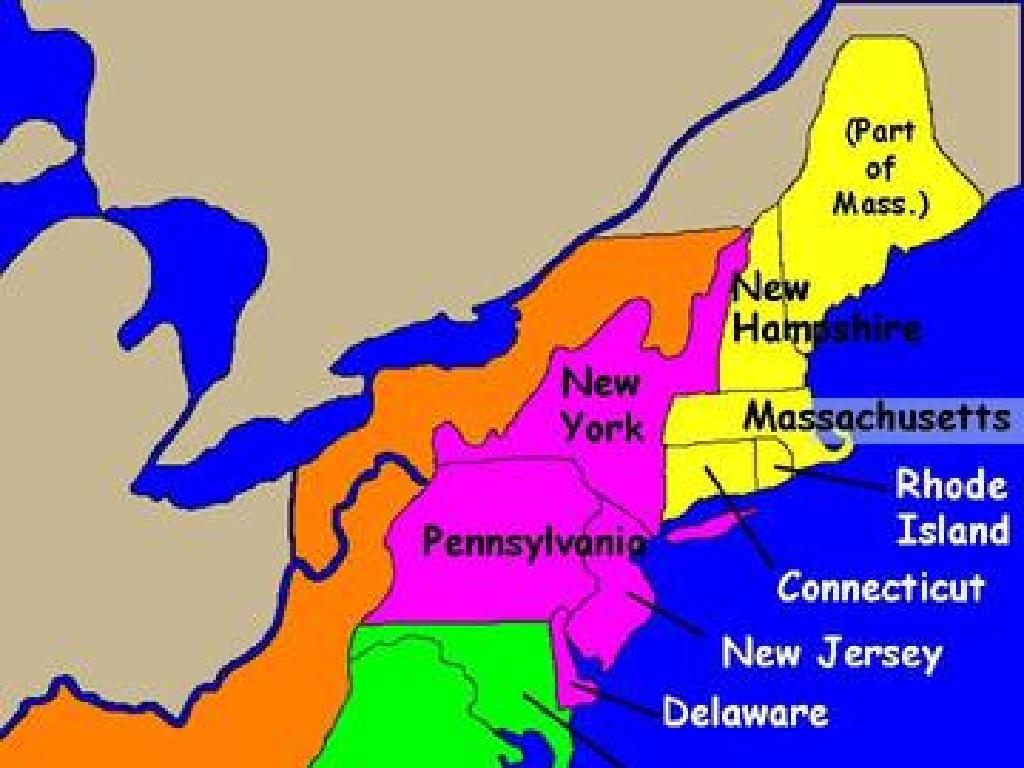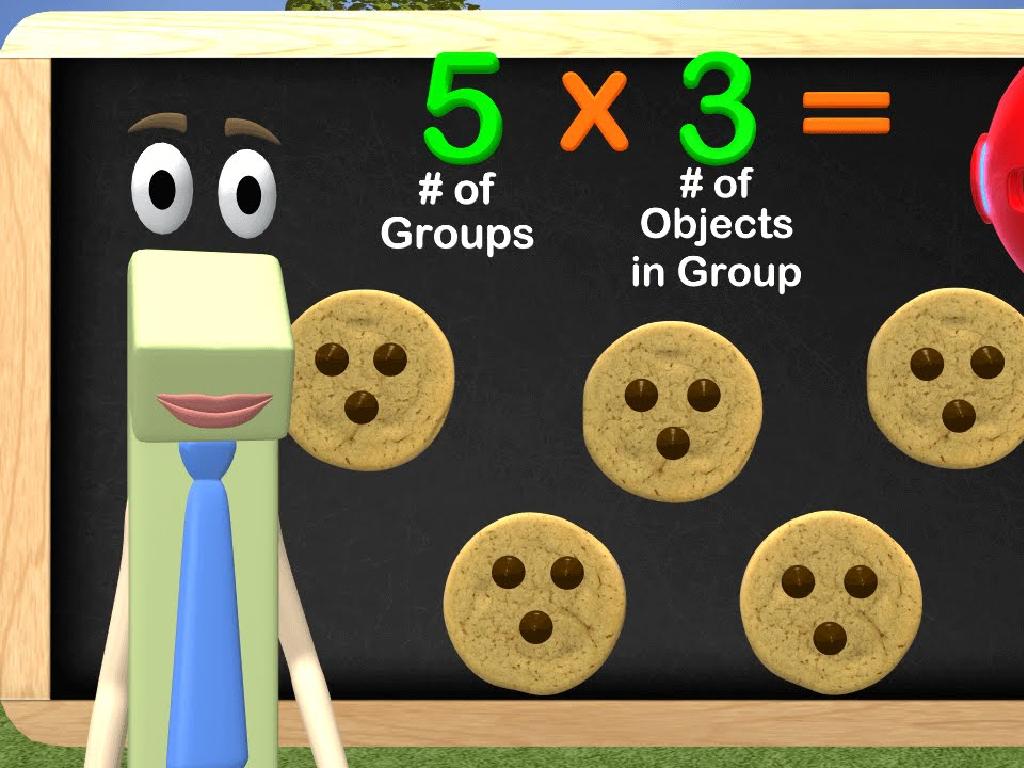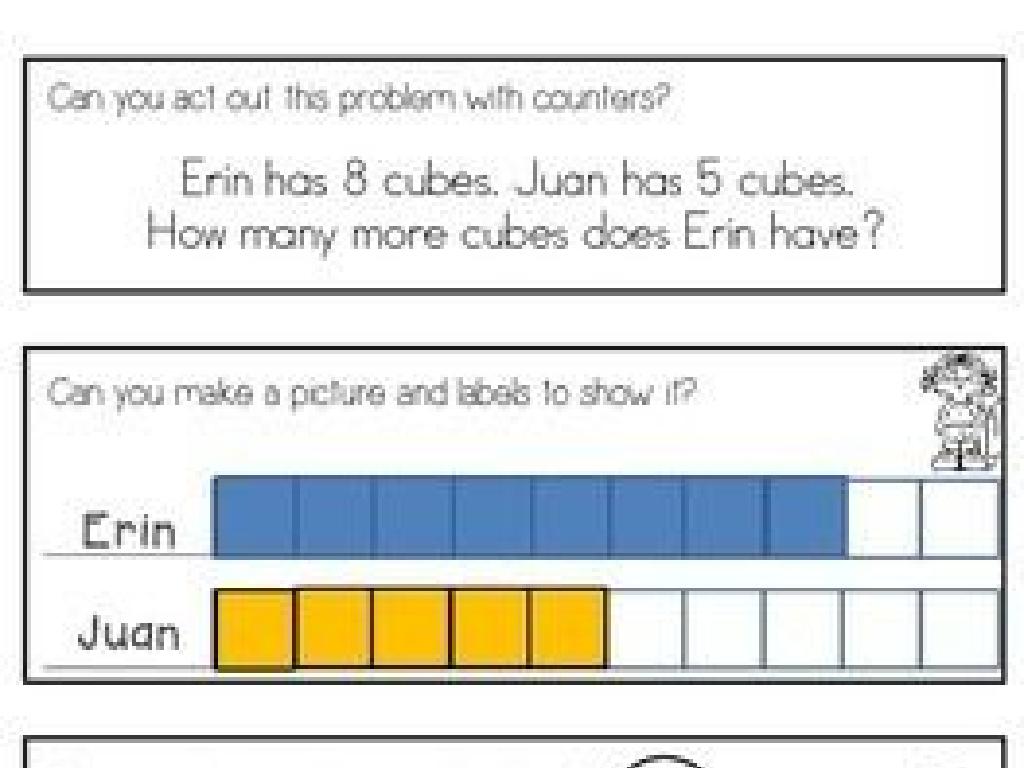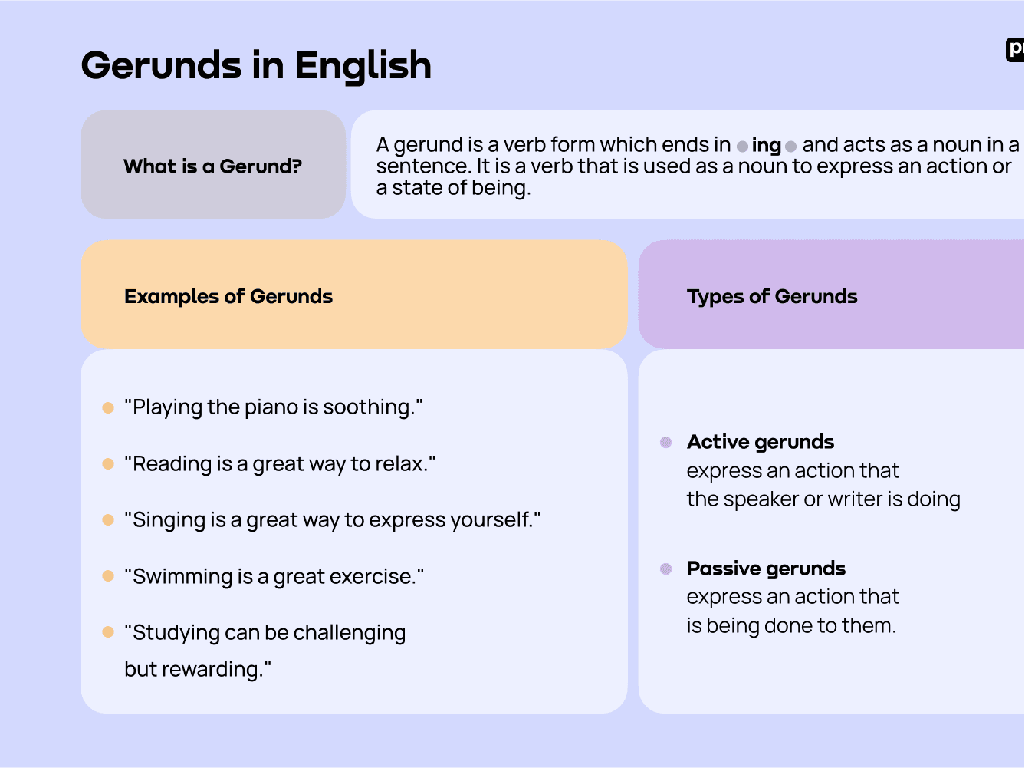The Civil War: Gettysburg To The Election Of 1864
Subject: Social studies
Grade: Seventh grade
Topic: The Civil War
Please LOG IN to download the presentation. Access is available to registered users only.
View More Content
The Civil War: Gettysburg to the Election of 1864
– Turning point in American history
– Gettysburg marked a decisive battle, shifting momentum.
– Today’s lesson overview
– We’ll explore major events and figures during this period.
– Learning objectives
– Understand key battles, political changes, and social impacts.
– Significance of 1863-1864
– This period shaped the war’s outcome and future of the nation.
|
This slide introduces students to a pivotal period in the American Civil War, emphasizing the significance of the events between the Battle of Gettysburg and the election of 1864. The Battle of Gettysburg is often seen as the turning point of the war, where Union forces gained a decisive victory. The lesson will cover key military, political, and social developments during this time, including the Gettysburg Address and Lincoln’s re-election. Students should grasp how these events not only influenced the war’s outcome but also had lasting effects on the United States. Encourage students to consider how these historical moments continue to shape America’s national identity and values.
The Battle of Gettysburg: A Turning Point
– Overview of Gettysburg Battle
– Fought from July 1-3, 1863, it’s one of the most crucial battles of the Civil War.
– Key Generals: Lee & Meade
– Confederate General Robert E. Lee vs. Union General George G. Meade.
– Three days that changed history
– Union victory decided after intense combat; pivotal moment in the war.
– Gettysburg’s impact on the war
– The defeat weakened the Confederacy, boosting Union morale and military standing.
|
The Battle of Gettysburg is a key event in the Civil War, marking the turning point in favor of the Union. Introduce students to the battle’s background, emphasizing its timing and scale. Highlight the roles of General Lee, leading the Confederate Army, and General Meade, commanding the Union forces. Discuss the significance of the three-day conflict, its brutal nature, and the strategies employed by both sides. Conclude with the battle’s aftermath, stressing how it shifted the momentum to the Union and set the stage for the eventual defeat of the Confederacy. This battle exemplifies the war’s toll and the fight for the nation’s future.
The Gettysburg Address: Redefining the Civil War
– Lincoln’s historic speech
– Delivered by President Lincoln in 1863 at the Gettysburg battlefield
– Exploring the speech’s purpose
– Aimed to honor fallen soldiers and redefine the nation’s purpose
– Key themes of unity and democracy
– Emphasized national unity and the democratic ideal
– The Address’s impact on war goals
– Shifted focus from just union preservation to freedom and equality
|
The Gettysburg Address, delivered by Abraham Lincoln in 1863, is one of the most famous speeches in American history. It was given during the Civil War, at the dedication of the Soldiers’ National Cemetery in Gettysburg, Pennsylvania. This short but powerful speech emphasized the principles of human equality as stated in the Declaration of Independence, and redefined the Civil War as not only a fight to save the Union but also a struggle for freedom and democracy. It’s important for students to understand the context of the speech, its purpose, and the key themes that Lincoln addressed. Discuss how the speech continues to resonate in American society and politics. Encourage students to reflect on its enduring significance and how it redefined the objectives of the Civil War.
Life During the Civil War
– Daily life of soldiers
– Soldiers faced harsh conditions, battles, and camp life.
– Civilian life in wartime
– Civilians dealt with shortages and uncertainty.
– Economic and social impacts
– War strained economies; social structures shifted.
– Women and children’s roles
– Women took on new roles; children also contributed.
|
This slide aims to give students a glimpse into the personal experiences of those who lived through the Civil War. Discuss the daily routines and struggles of soldiers, including their living conditions, the battles they fought, and life in the military camps. Highlight how civilians, away from the battlefields, coped with the war’s disruptions to their daily lives, including shortages of goods and the constant fear for the safety of their loved ones. Explain the broader economic and social impact of the war, such as inflation and changes in social roles. Emphasize the significant contributions made by women who often managed farms and businesses in the absence of men, and the involvement of children in the war effort. Encourage students to consider how the war affected different groups and to reflect on the resilience of those who lived through this challenging period.
The Election of 1864: A Turning Point
– Lincoln vs. McClellan
– Incumbent President Lincoln faced Democrat McClellan
– Political climate of 1864
– The nation was divided by war and differing views on slavery
– Key issues during the election
– Debates on how to restore the Union and end the Civil War
– Significance of Lincoln’s victory
– Lincoln’s win helped to solidify the Union’s resolve to win the war
|
The Election of 1864 was a critical moment in American history, taking place during the Civil War. Abraham Lincoln, representing the National Union Party, ran against George B. McClellan of the Democratic Party. The political climate was tense, with the nation deeply divided on issues such as the continuation of the war and the abolition of slavery. Lincoln’s platform focused on the unconditional surrender of the Confederacy and the end of slavery, while McClellan’s campaign promised to negotiate peace. Lincoln’s victory signified strong support for his policies and was a major boost for the Union war effort. It’s important for students to understand the impact of this election on the course of the war and the future of the United States. Encourage students to consider how different outcomes could have changed history.
Role-Play Debate: Union vs. Confederate Perspectives
– Divide into Union and Confederate groups
– Debate key Civil War issues
– Consider economy, slavery, states’ rights
– Reflect on issues’ relevance today
– How do historical conflicts relate to current events?
– Respectful discussion is key
– Listen and respond thoughtfully
|
This class activity is designed to engage students in a role-play debate to understand the different perspectives during the Civil War. By dividing the class into Union and Confederate supporters, students will explore and debate key issues such as the economy, slavery, and states’ rights from the historical viewpoints of their assigned groups. After the debate, lead a reflection session to help students connect these historical issues to current events, fostering a deeper understanding of their lasting impact. Encourage respectful discourse, active listening, and thoughtful responses. Possible activities include writing a reflective essay, creating a Venn diagram of the differing viewpoints, or discussing how compromise could have been reached.






